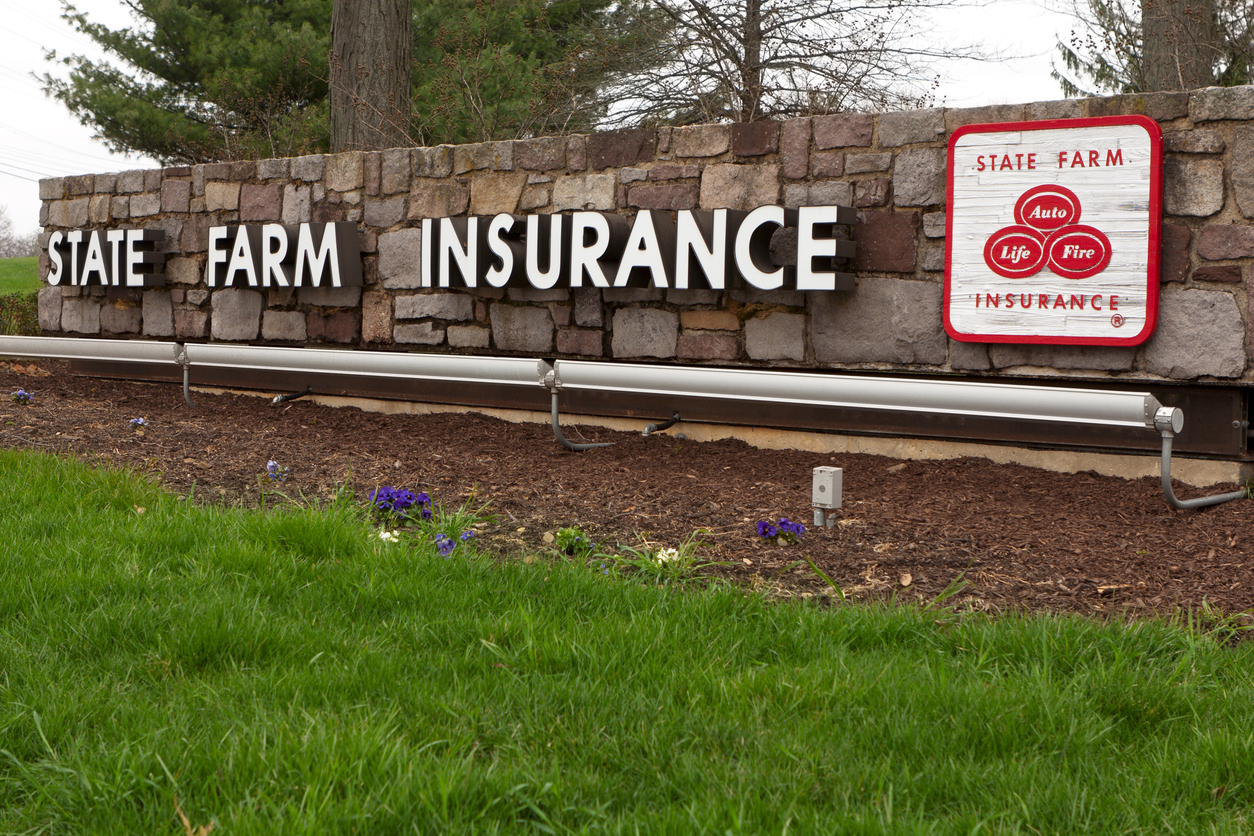A colleague suggested that I read When McKinsey Comes To Town—The Hidden Influence of the World’s Most Powerful Consulting Firm. Chapter 10 was about McKinsey’s work with Allstate Insurance Company. McKinsey publishes Insights on Insurance which is worthy of reading. Long after completely changing the Allstate Insurance Company claims processes, McKinsey continues to work intimately with many insurance companies, including State Farm.
A 2016 Oklahoma discovery dispute1 showed that this is very big business and that McKinsey has helped State Farm shape claims processes:
Ms. Eilbacher admits State Farm paid McKinsey millions of dollars to work on the CMSR project. She was not surprised State Farm paid McKinsey $84 Million Dollars in two years, and testified ‘I’m sure we got our money’s worth from them,’ but could not testify and was not prepared to testify as to the specifics of the return State Farm got on its investment.
These are not small-time consulting fees. Claims processes and culture can significantly impact an insurance company‘s bottom line.
What were some of the claims processes, and how was McKinsey involved:
7….Ms. Eilbacher was only prepared to testify regarding her limited involvement in the ‘Content Material Spend Review Project’ (‘CMSR’) from 2006 to 2008.
…
8. The CMSR project involved analysis of five (5) work-streams that State Farm had identified as areas where State Farm was spending a lot of money on claims. The five (5) works streams were: (a) contents, (b) water mitigation, (c) roof, (d) electronics, and (e) Premier Service Program (‘PSP’).
9. The CMSR project was developed by and through Cost Leadership. Michael Jenson was the point person from Cost Leadership who offered Ms. Eilbacher the position to work as the project manager on the CMSR project. Warren Farrer and the Cost Leadership area determined the parameters of the CMSR project and selected the five (5) work-streams that the project would involve. The Cost Leadership area is a financial area of State Farm and was working with claims and underwriting. Mr. Farrer and Cost Leadership made the decisions concerning the CMSR project and bringing in McKinsey and Company (‘McKinsey’) to work on the project.
…
16. Ms. Eilbacher admitted Cost Leadership would have done a Cost-Benefit analysis or a Return on Investment before starting the CMSR project. However, Ms. Eilbacher could not testify and was not prepared to testify about financial goals or any benefit analysis of the CMSR project, did nothing to inquire or obtain this information, and did not bother to speak to anyone from Cost Leadership in preparation of her deposition.
…
18. Ms. Eilbacher could not testify and was not prepared to testify about any of the criteria or specifics findings from the five (5) work-streams, as follows:
(a) She had no knowledge of the criteria in selecting vendors to become part of the PSP or what McKinsey contributed to this work-stream. In fact she wasn’t even involved with this work-stream and therefore had no idea what McKinsey’s involvement was.
(b) She had no knowledge of the details, format, or results of the focus groups. Ms. Eilbacher recalled at least two (2) were conducted, but could not provide any of the specifics from the focus groups. Ms. Eilbacher admits McKinsey was likely involved in the format for the focus groups. Ms. Eilbacher believed the documents from the focus groups exist, but she did not look for them or review them in preparation for her deposition.
…
(d) Roofing was identified by State Farm as the biggest piece of the spend. Nevertheless, Ms. Eilbacher could not testify whether or not McKinsey was involved in the roof work-stream and had no knowledge of the criteria for the roof spend, any of the details for this work-stream and had no idea how State Farm determined it was the biggest area of spending.
(e) Ms. Eilbacher admitted closed file reviews occurred and was part of the CMSR project. She admits there would be supporting documents (like a questionnaire) or some kind of data available from this review…. Ms. Eilbacher did not know what work-streams had closed file reviews, did not recall who was involved in getting the questionnaires together, and could not remember the outcome of these reviews. She admits there are documents from these [sic] part of the CMSR project.
There is nothing inherently wrong with an insurance company paying MBAs to review and make criticisms regarding insurance claims processes. If I were a CEO of a major insurance company, I would hire McKinsey and Company. However, as was the case with Allstate, ethical claims processes may not be what the consulting MBAs are concerned about rather than increasing the insurance company’s bottom line.
Why don’t regulators ask for these internal claims process documents as part of insurance company market conduct studies? Yesterday’s blog post, Why Are Property Insurance Claims Being Underpaid and Independent Catastrophe Adjusters Leaving the Field?, showed an internal claims process directive designed to hide the truth about the reasons for denying a roof claim that would not show up in a closed claim file because the adjusters were being instructed how to make their claims notes vague to protect the wrongful denial decision. If read carefully, that document shows how insurers use “reinspectors” to critique claims file notes which may show the wrongful claims conduct.
Insurance adjusters often say that a claim stands on its own merit. This should be true when all the claims processes are fully disclosed and transparent to the property insurance policyholder. The point of yesterday and today’s blog posts is that State Farm and other insurers often fight this transparency and honest explanation of the claims processes. Those processes lead to the methods of achieving overall goals and incentives being employed by those in charge of the property insurance claims.
Thought For The Day
A lack of transparency results in distrust and a deep sense of insecurity.
—Dali Lama
1 Hawke v. State Farm Fire & Cas. Co., No CJ-2013-1243 (Okla. Dist. Ct. – Cleveland County).




